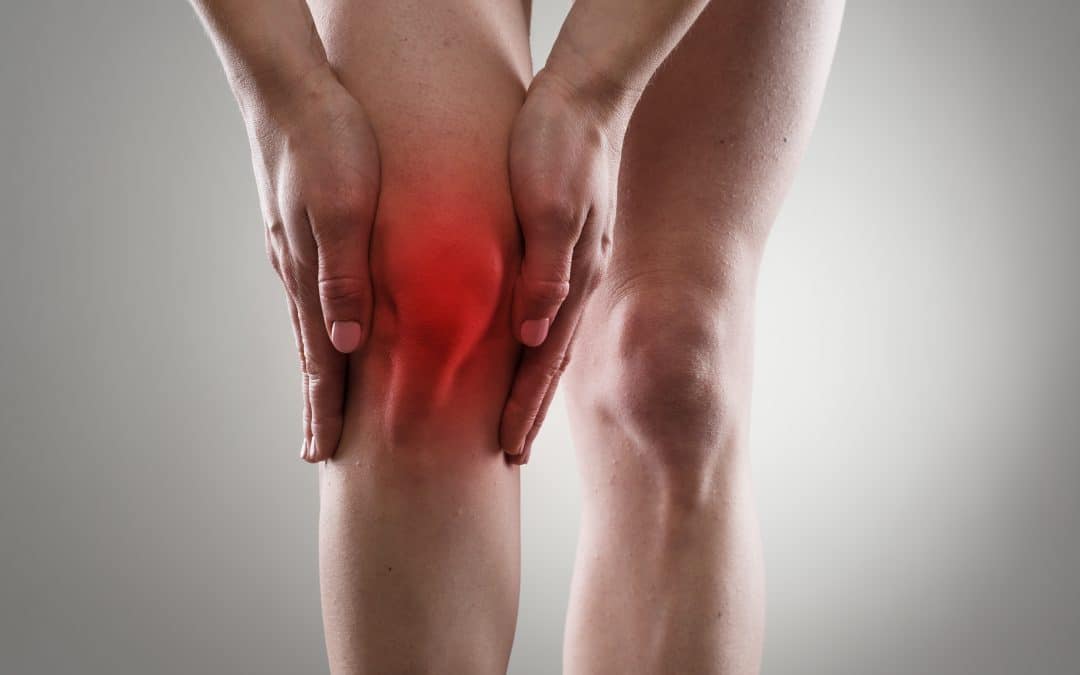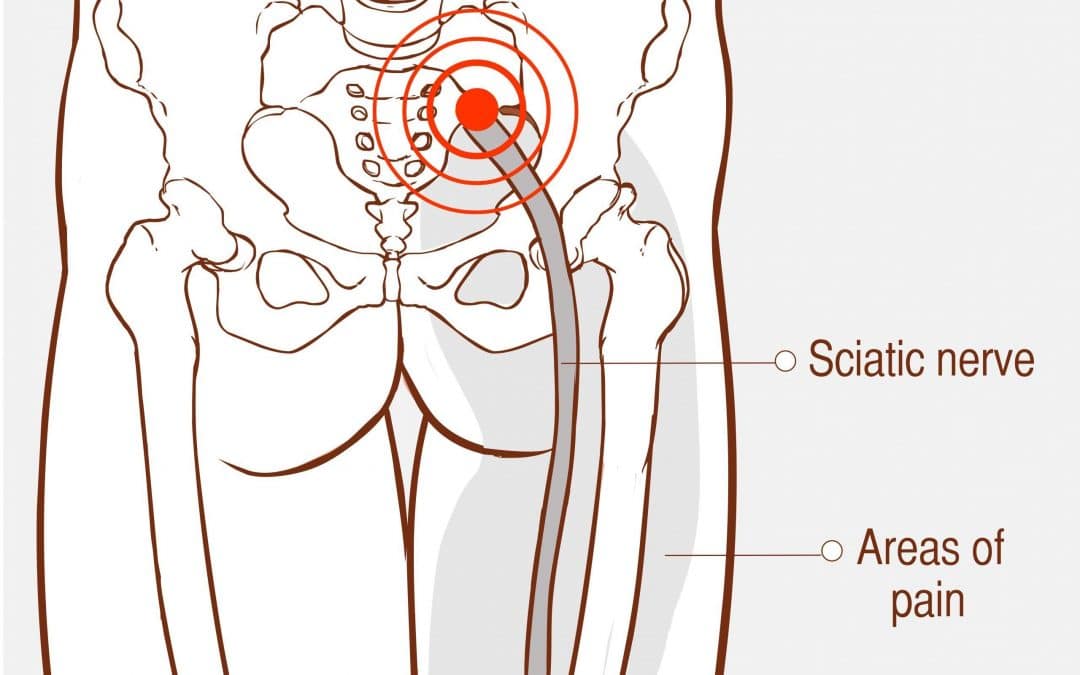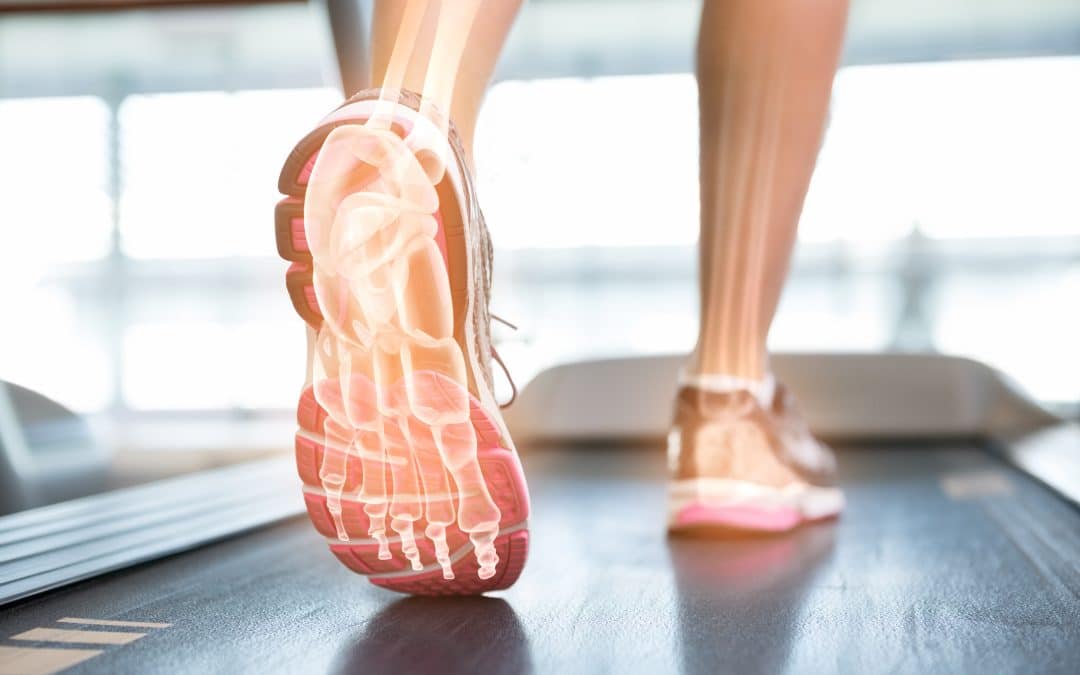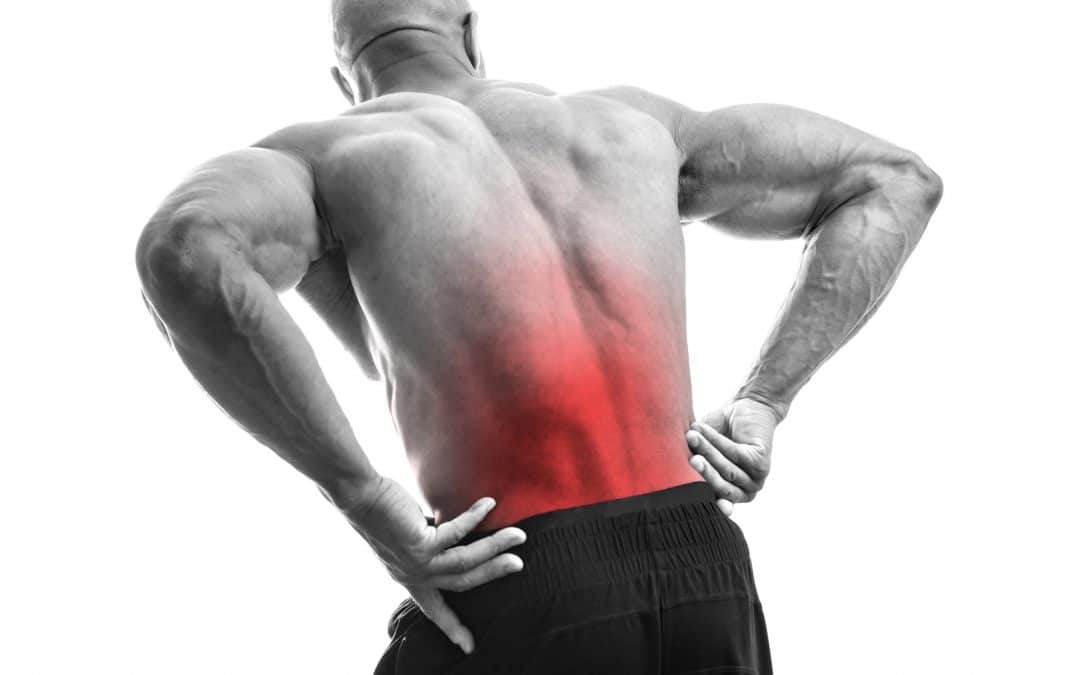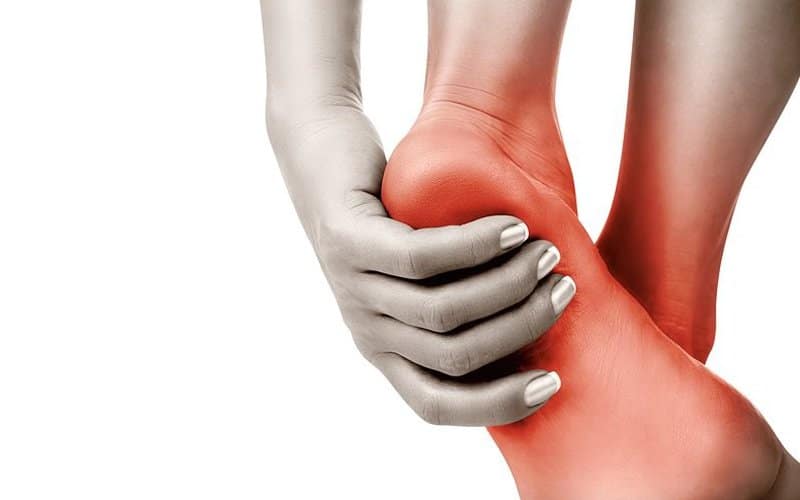
Foot Pain
Do You Have Foot Pain? Here’s What It Could Mean
Our feet probably don’t get the appreciation that they truly deserve. They have to bear weight whenever we stand and they help us get to where we want to go. Due to all this strain and stress, foot pain is fairly common.
When you experience foot pain, that means that you’re feeling discomfort or pain in one or more parts of your foot. Those parts can include the heels, soles, arches, and toes.
The pain can be severe or mild. It can also last for a short time or it can be an ongoing issue. Constant feet pain can be a major burden but that doesn’t mean the pain can’t be relieved.
Continue reading and we’ll walk you through everything you need to know about foot pain.
Causes of Foot Pain
Foot pain can occur due to a medical condition or certain lifestyle choices. Wearing shoes that don’t fit properly is one of the most common causes of foot pain. High-heeled shoes can also lead to foot pain because they put a good amount of pressure on the toes.
Injuries from sports and high-impact activities, like aerobics or jogging, can also lead to foot pain.
If you have arthritis, you may very likely experience foot pain. There are 33 joints in your foot, and arthritis can impact any of them. And people who have diabetes may end up with nerve damage or ulcers in their feet.
You’re also more at risk for experiencing constant feet pain if you have a foot injury, are pregnant, or have obesity.
Symptoms of Foot Pain
Foot pain can lead you to limp or have an unsteady gait. You can also experience paresthesia, which is a burning or tingling sensation in the affected area. Sometimes, the pain can be so severe that you can’t move it at all.
Home Remedies for Foot Pain
The home remedy that will best help you will depend on the cause of your pain and how severe it is. With that said, applying ice to the affected area can usually help.
You also might want to take an over-the-counter (OTC) pain reliever. Make sure that you rest your foot as much as possible and keep it elevated. In order to prevent rubbing on the affected area, you can use footpads.
How Chiropractic Can Help Foot Pain
A chiropractor understands the importance of body mechanics in daily life. They take into account your strength, flexibility, stability, and mobility when they look to find the true cause of your foot pain.
The feet are the foundation of the body. If they’re not working properly, it can lead to a whole bunch of other problems in the body.
A chiropractor can examine your posture and form. They can even make crucial assessments just from the way you walk. Sometimes, a chiropractor can simply pull on your foot in a specific way and relieve a great deal of your pain.
If you’re experiencing persistent pain in your feet, it’s important that you consult a chiropractor before things get any worse.
The Importance of Treating Constant Feet Pain
As we can see, people who experience constant feet pain should not hesitate to resolve the issue. If you’re experiencing pain in your feet or other areas of the body, we can help. Contact us today and see what we can do for you!
